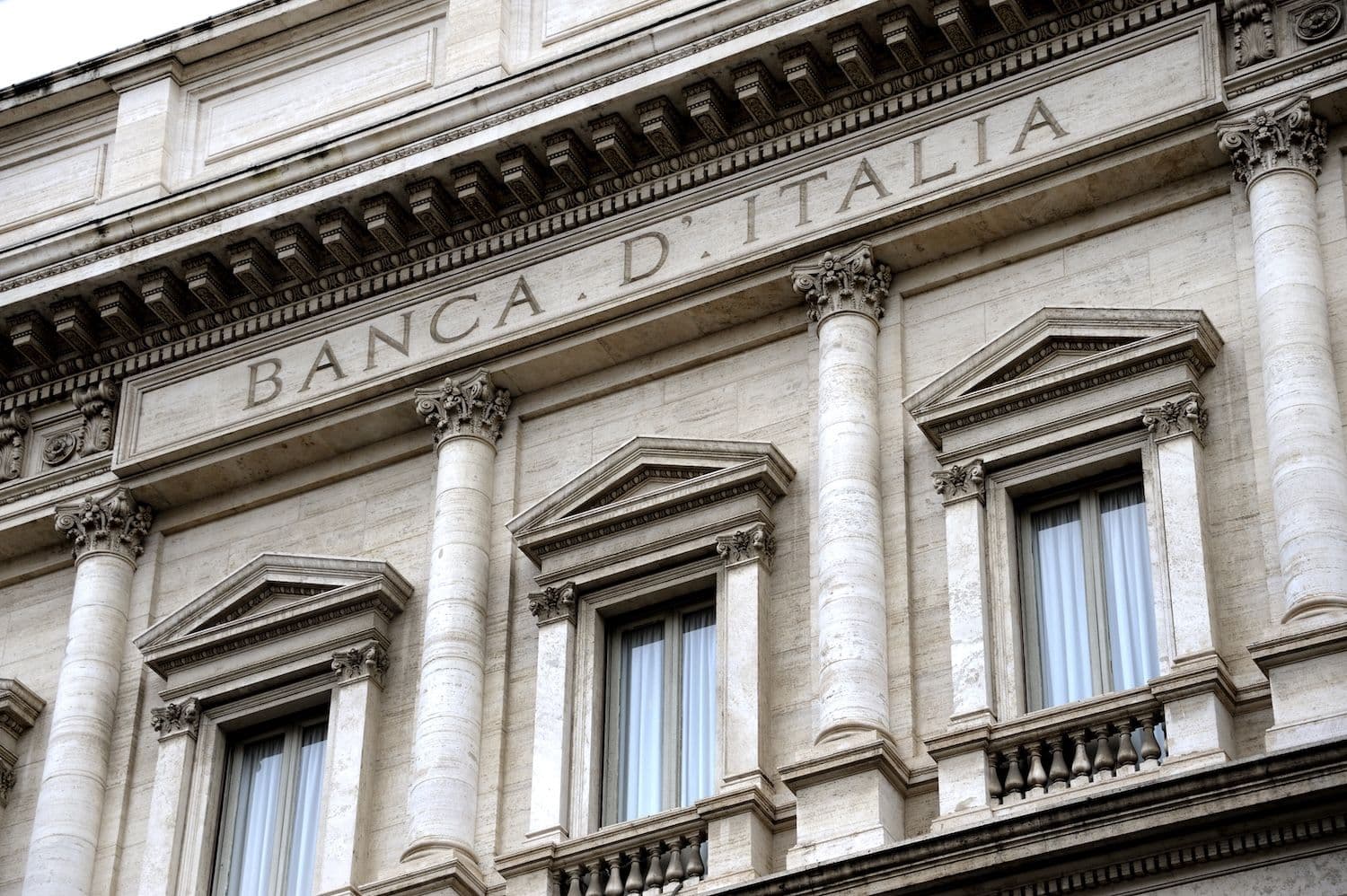The European Union faces mounting pressure to establish clear regulatory guidelines for stablecoins issued across multiple jurisdictions, as Italy's central bank warned Thursday of significant financial stability risks under current cross-border frameworks.
What to Know:
- Bank of Italy Deputy Governor Chiara Scotti called for urgent legislative clarity on multi-issuance stablecoin models at an international central bank payments conference
- The European Commission and European Central Bank remain divided over whether identical stablecoins from EU and non-EU entities can be treated as interchangeable under existing rules
- Multi-jurisdictional stablecoin operations could create reserve mismatches and expose EU users to regulatory gaps when third-country issuers operate under different standards
Regulatory Tensions Mount Over Digital Currency Framework
The call for clarity comes amid ongoing friction between the European Commission and the European Central Bank regarding stablecoins, which are cryptocurrency assets pegged to traditional currencies or commodities. These digital tokens, also classified as electronic money tokens under EU law, have become a focal point of regulatory debate since the bloc adopted comprehensive crypto asset rules in 2023.
Sources familiar with the matter told Reuters in June that the Commission believes current EU regulations permit interchangeability between tokens issued by licensed EU firms and those issued by non-EU entities within the same corporate structure.
The ECB has raised concerns about potential financial stability implications of such arrangements.
Scotti, who previously spent two decades with the Federal Reserve System before joining Italy's central bank, delivered her remarks at an international central bank conference focused on payment systems. Her comments underscore growing concern among EU monetary authorities about the operational complexities of multi-jurisdictional digital currency frameworks.
Cross-Border Operations Present Complex Challenges
Under the multi-issuance model currently under scrutiny, EU-based stablecoin issuers could face redemption requests from token holders located outside the European Union. This structure requires third-country entities to transfer assets to cover potential shortfalls in reserve holdings, according to Scotti's analysis.
"Although this architecture could enhance global liquidity and scalability, it poses significant legal, operational, liquidity and financial stability risks at EU level," Scotti stated, particularly when one issuer operates outside EU jurisdiction. The deputy governor highlighted a fundamental challenge in the current framework: token holders across different jurisdictions view all tokens as functionally identical, regardless of their specific issuer.
This perception creates what regulators call a "mismatch between obligations and available reserves." When users treat tokens from different jurisdictions as equivalent, it can strain the reserve requirements and redemption capabilities of individual issuers within the network.
The 2023 Markets in Crypto-Assets Regulation, known as MiCAR, established extensive rules for digital asset operations within the EU. However, the framework does not explicitly address the complexities that arise when identical tokens are issued across multiple regulatory jurisdictions with varying standards.
Understanding Stablecoins and Multi-Issuance Models
Stablecoins represent a category of cryptocurrency designed to maintain stable value by pegging their price to established assets like the US dollar, euro, or commodities such as gold. Unlike volatile cryptocurrencies like Bitcoin or Ethereum, stablecoins aim to provide price stability for users seeking to avoid dramatic value fluctuations.
The multi-issuance model allows companies to issue identical or interchangeable tokens through subsidiaries or affiliates operating in different countries.
This approach can improve global accessibility and reduce transaction costs, but it also creates regulatory complexity when different jurisdictions have varying oversight requirements.
Electronic money tokens, the EU's technical classification for many stablecoins, fall under specific regulatory requirements designed to protect consumers and ensure financial stability. These requirements include reserve backing, transparency obligations, and redemption guarantees at par value.
Regulatory Standards Gap Raises Consumer Protection Concerns
Scotti emphasized that third-country issuers operating under the multi-issuance model may not be subject to the same consumer protection, transparency, and disclosure requirements established under MiCAR. This regulatory disparity creates potential blind spots that could leave EU users vulnerable to different standards of protection depending on which entity within the network they interact with.
The Italian official proposed specific measures to address these risks, including limiting issuance to jurisdictions that maintain equivalent regulatory standards. She also called for mechanisms to ensure redemption at par value and the establishment of cross-jurisdiction crisis management protocols.
"To mitigate these risks and avoid regulatory blind spots, issuance should be limited to jurisdictions that uphold equivalent regulatory standards, ensure redemption at par, and enforce cross-jurisdiction crisis protocols," Scotti stated. Her recommendations suggest a more restrictive approach to international stablecoin operations than what may currently be permitted under EU interpretations. The deputy governor's comments reflect broader concerns about maintaining financial stability while allowing innovation in digital payment systems. European regulators continue to balance the benefits of technological advancement with the need to protect consumers and maintain monetary stability.
Closing Thoughts
The Bank of Italy's call for regulatory clarity highlights the ongoing challenges European authorities face in governing digital currencies that operate across multiple jurisdictions. As stablecoin adoption grows globally, the need for coordinated international standards becomes increasingly critical to ensure both innovation and financial stability.

